Conservation work on one of Scotland’s greatest archaeological finds has uncovered an unexpected secret: Bronze Age artifacts with a silvery sheen from an age when silver itself was virtually unknown. The discovery comes from the Peebles Hoard, which was discovered in 2020 south of the town of Peebles by metal detectorist Mariusz Stepien. After 3,000 years underground, the treasure was officially allocated to National Museums Scotland (NMS) in 2024 through the Treasure Trove process.
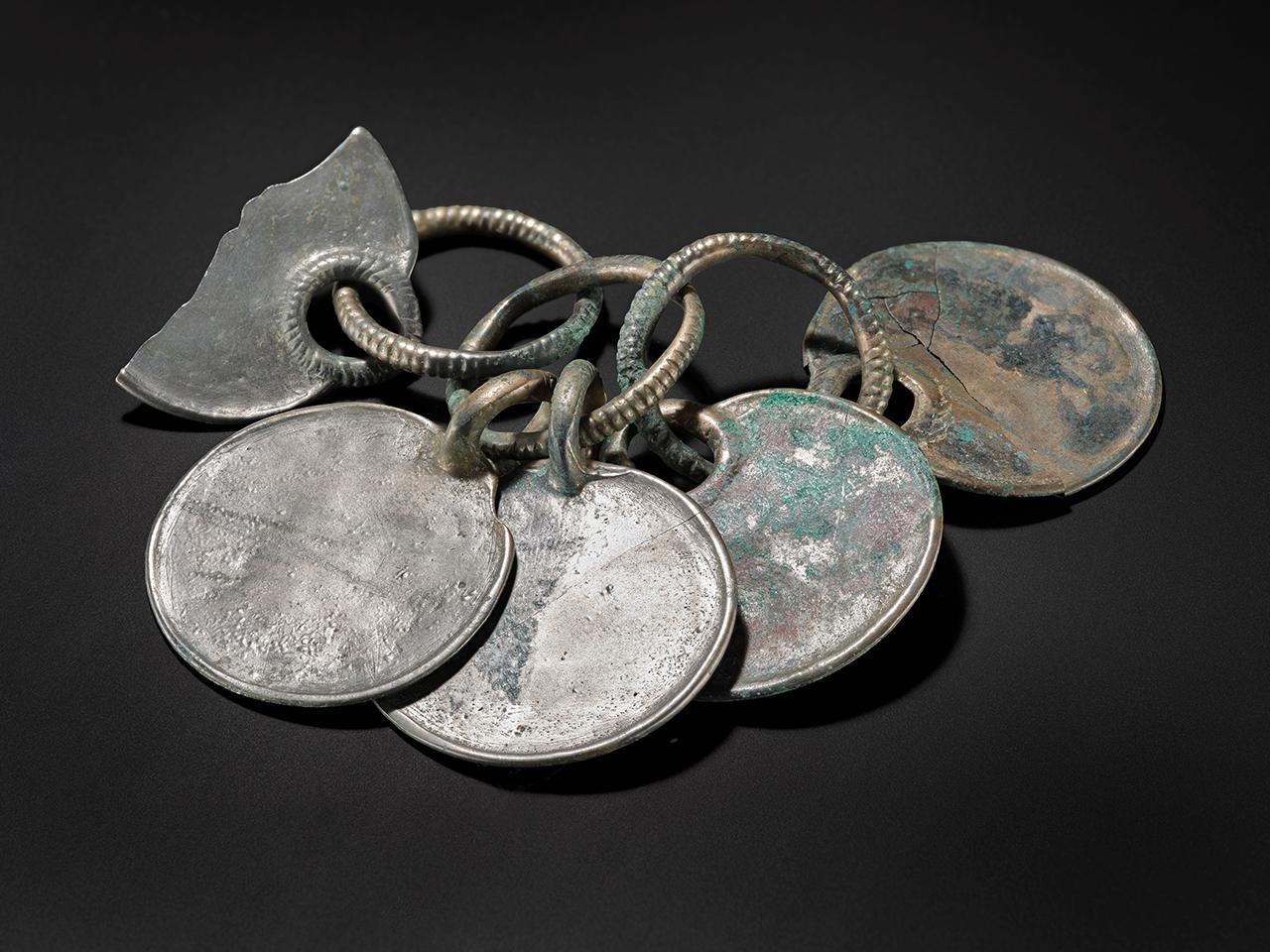
Dating between 1000 and 800 BCE, the Peebles Hoard comprises more than 500 bronze and organic artifacts, some of which are unlike anything else found in world archaeology. They include two rattle pendants, a bronze sword within its wooden scabbard, bronze buttons strung on ancient strings, and finely decorated strap fittings.
These artifacts were carefully removed as a single block of soil to preserve their delicate arrangement, then excavated under controlled laboratory conditions at the National Museums Collection Centre in Edinburgh.
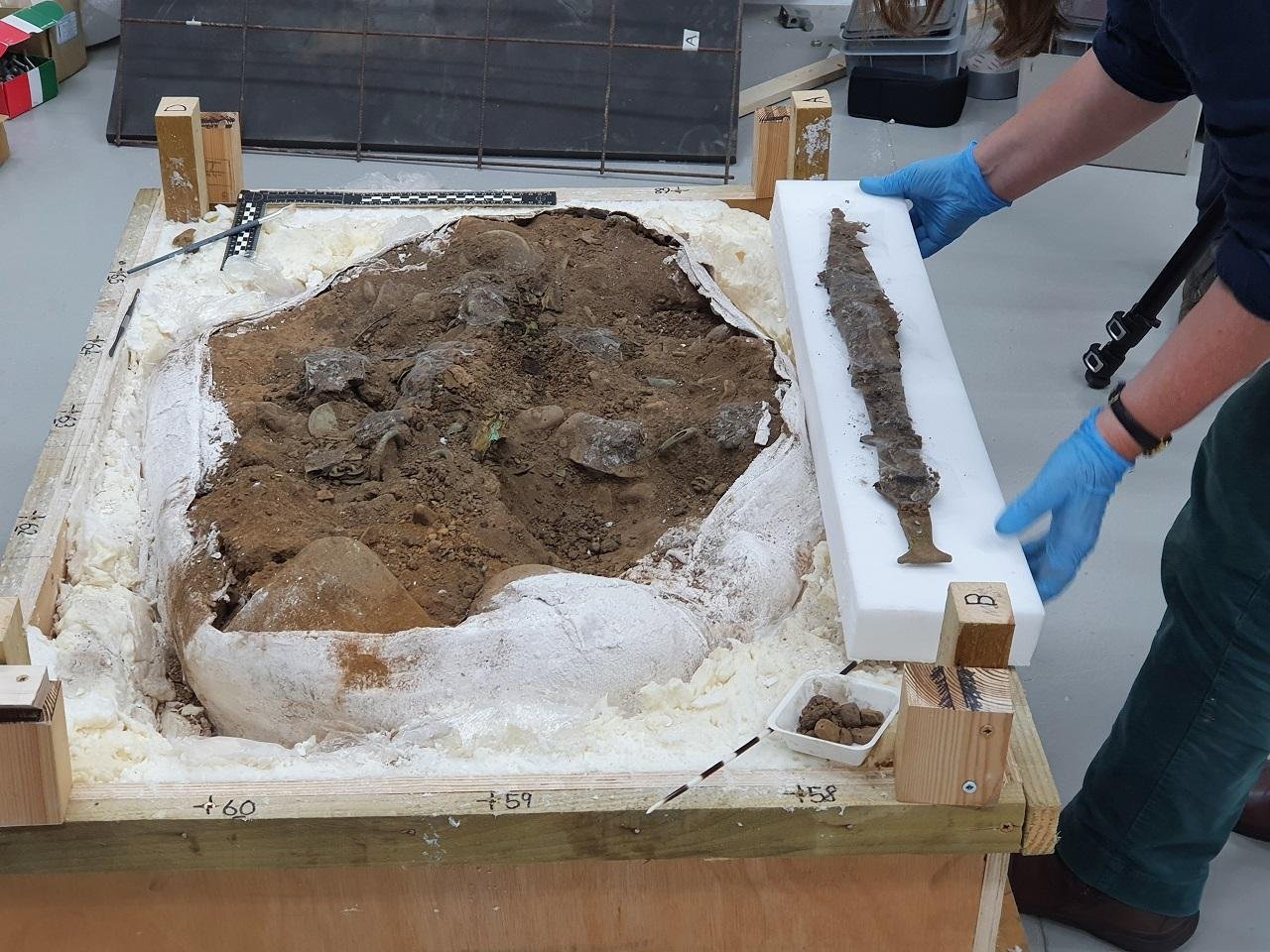
When first exposed, the artifacts bore a coating of soil and a thick green copper patina. Months of careful conservation have slowly revealed their brilliance, including several silver-colored surfaces that shine with surprising brightness. Laboratory analysis has proven that the color was caused by high levels of tin enrichment on the surface—a deliberate technique employed by experienced Bronze Age craftspeople. This process, ahead of its time, shows an advanced understanding of metallurgy, and it was intentionally carried out by the manufacturers to achieve these shiny finishes and enhance the objects’ beauty and prestige.
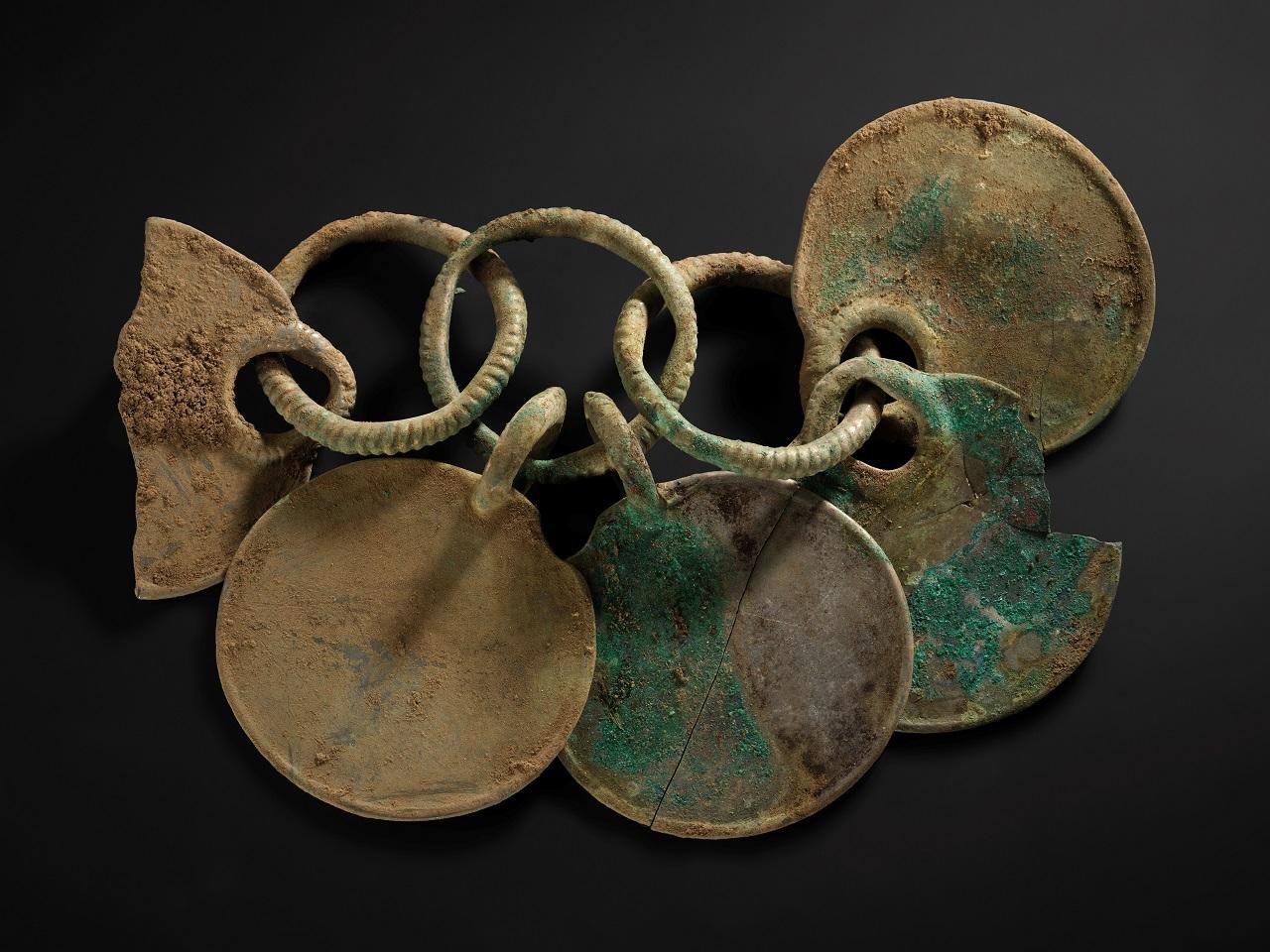
The silver-like decoration would have given the artifacts a striking appearance, especially in sunlight, and likely signified wealth and high status. Some of them were most likely part of elaborate horse gear or wooden chariot fittings used in ceremonial or elite contexts, according to experts. The fusion of artistry and technology in the Peebles Hoard challenges traditional perceptions of the technical skills of Bronze Age metalworkers in northern Europe.
NMS conservators describe the painstaking process as challenging but rewarding. Each object will need to be stabilized, cleaned, and documented while preserving any remaining traces of organic material such as wood, leather, or textile. The conservation work is expected to take about three years.
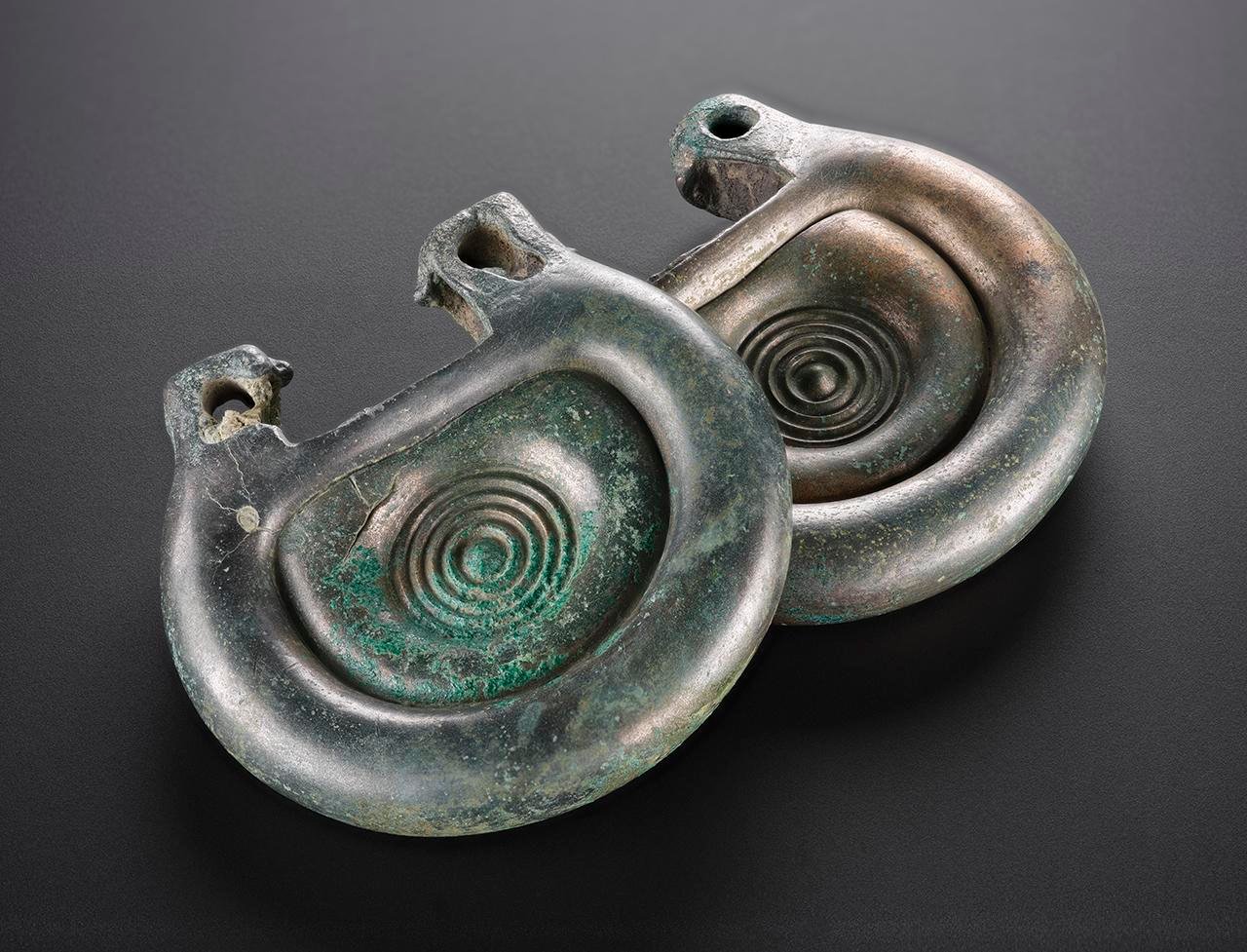
For the museum team, the discovery of the silvery surfaces has been a stunning moment—like uncovering a secret that has lain concealed for three millennia. The hoard not only demonstrates the technical ability and ingenuity of Bronze Age craftspeople but also provides new insights into the cultural significance of metal in prehistoric Scotland.
More information: National Museums Scotland







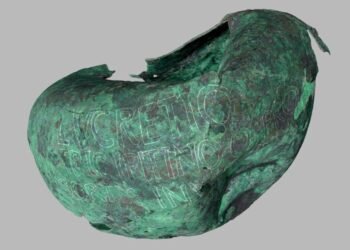
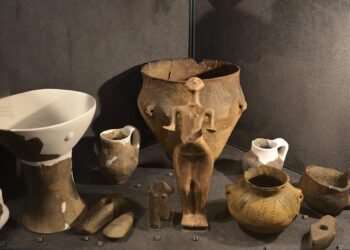














Disclaimer: This website is a science-focused magazine that welcomes both academic and non-academic audiences. Comments are written by users and may include personal opinions or unverified claims. They do not necessarily reflect the views of our editorial team or rely on scientific evidence.
Comment Policy: We kindly ask all commenters to engage respectfully. Comments that contain offensive, insulting, degrading, discriminatory, or racist content will be automatically removed.